
U.S. Vice President JD Vance commenced a significant four-day visit to India on April 21, 2025, accompanied by his wife, Usha Vance, and their children. This marks Vance’s inaugural trip to India since assuming office. The visit underscores the strengthening of bilateral ties between the United States and India, focusing on trade, defence, and energy cooperation.
Official Engagements in New Delhi
Upon arrival in New Delhi, Vice President Vance was formally received at Air Force Station Palam. Later that day, he engaged in discussions with Prime Minister Narendra Modi at the Prime Minister’s official residence. The talks centred on enhancing economic relations, particularly in light of ongoing trade negotiations and the potential for a bilateral trade agreement aimed at doubling U.S.-India trade to $500 billion by 2030. Additionally, the leaders deliberated on defence cooperation, including the co-production of U.S. military equipment and the establishment of a 10-year defence cooperation framework.
Exploring Cultural Heritage
Following the official engagements in New Delhi, Vice President Vance and his family travelled to Jaipur on April 22 and to Agra on April 23. In Agra, they visited the Taj Mahal, a UNESCO World Heritage site and a symbol of India’s rich cultural heritage. This visit not only highlighted the cultural ties between the two nations but also underscored the personal connection of Usha Vance, whose ancestral roots trace back to India.
Energy Collaboration Discussions
A pivotal aspect of the visit was the discussion on energy collaboration. Vice President Vance and Prime Minister Modi explored avenues for the United States to assist India in diversifying its energy sources, particularly through investments in clean and reliable U.S. nuclear technology. This dialogue aligns with India’s efforts to amend its nuclear liability laws to attract foreign investments in the energy sector.
Addressing Trade and Visa Concerns
The ongoing trade negotiations were a focal point of the discussions, especially in light of the U.S. administration’s recent tariff threats. India has expressed its willingness to reduce duties on over half of its U.S. imports, totalling $41.8 billion in 2024, as a gesture to mitigate the impact of potential U.S. tariffs. Additionally, India raised concerns regarding the abrupt cancellations of H-1B and student visas, seeking clarity and stability in visa policies to ensure continued collaboration in education and technology sectors.
Strengthening Strategic Partnerships
The visit is seen as a precursor to President Donald Trump’s anticipated visit later in the year, coinciding with the Quad summit. The discussions during Vice President Vance’s trip are expected to lay the groundwork for deeper strategic partnerships, particularly in countering China’s influence in the Indo-Pacific region. Both nations aim to bolster defence and technological cooperation, with the potential for increased investments from U.S. companies in India’s defence sector.
Conclusion
Vice President JD Vance’s visit to India signifies a pivotal moment in U.S.-India relations, emphasizing shared interests in trade, energy, and defence. The engagements during this trip are anticipated to pave the way for enhanced bilateral cooperation and set the stage for future high-level exchanges between the two nations.




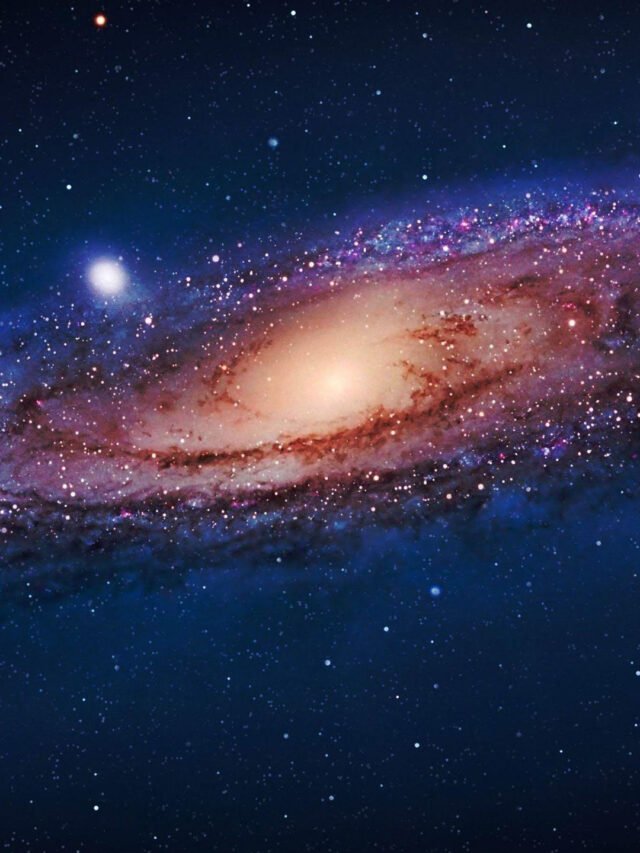


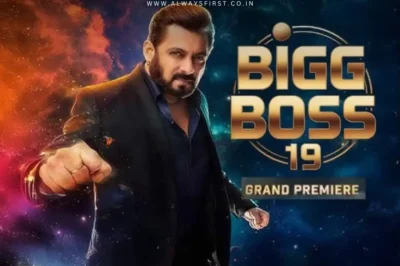
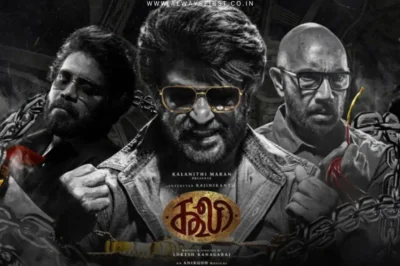

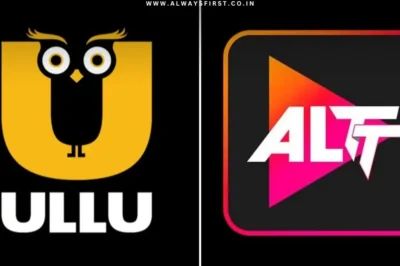


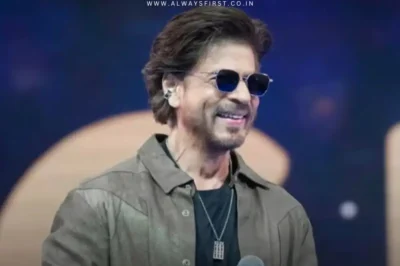


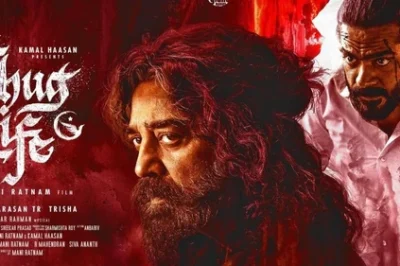

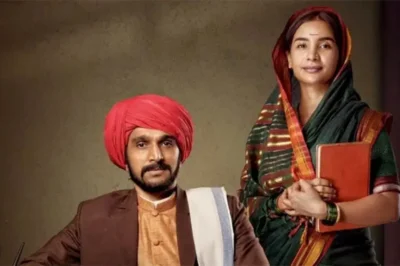

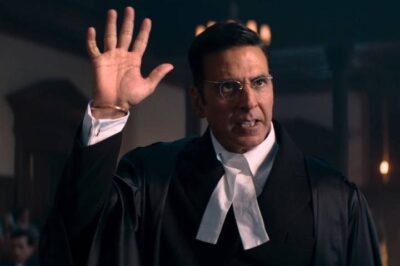


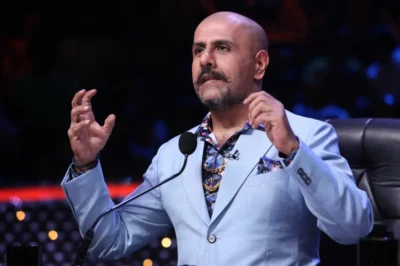

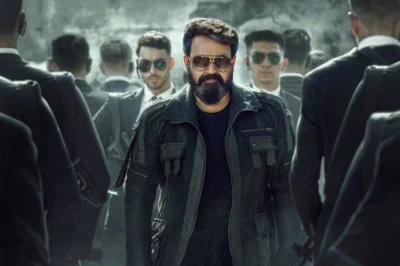

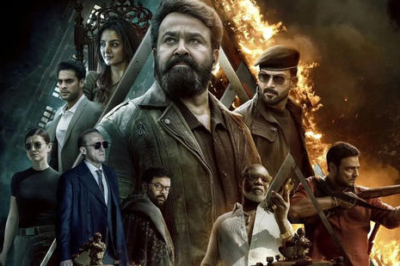


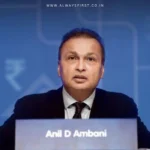
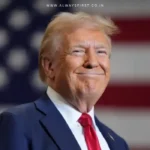
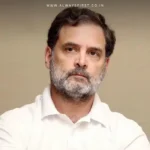


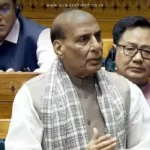

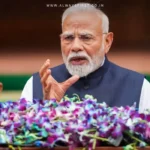
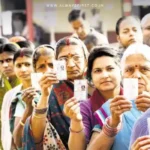
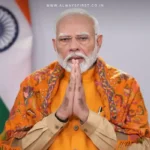
Leave a Reply